A new series by Juan Carlos Ojano
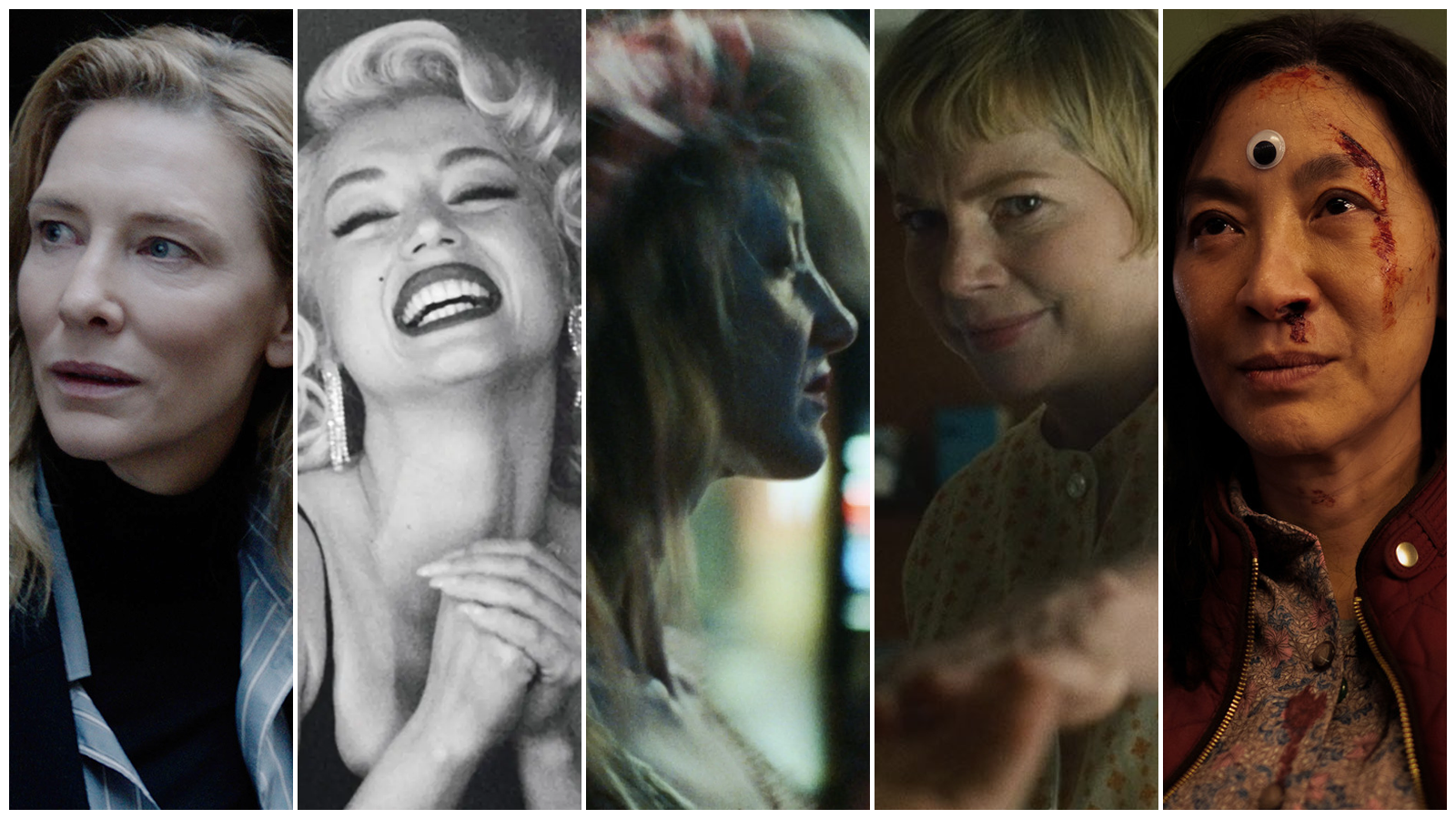
“WHO IS SHE?”, a philosopher named RuPaul once asked.
As with that question, character introductions are vital in storytelling. First impressions are usually given importance right from the page, as those will establish our relationship with said characters. Screenwriters strategize on how they describe a character when they enter the story. Likewise, directors pay attention to how characters enter the story for the first time. Whether those entrances become consistent with the rest of the character or are ultimately subverted as the narrative unfolds even further, they matter a lot.
Since it is a truth universally acknowledged that Best Actress is perhaps the single most important category in the long history of the Academy Awards, particularly in the lives of its (mostly gay) fans who worship actresses to the ends of the earth, this new series will be focusing on how each of the five Best Actress-nominated performances were introduced in their respective films. Narrative functions, filmmaking decisions, emotional implications, and stray observations included...
For the purposes of this series, we are counting exactly the time the film introduces the actress. In most cases, this would mean the first shot they appear in. In other cases, explanations or multiple screenshots will be provided. Are you ready? First up: 2022.
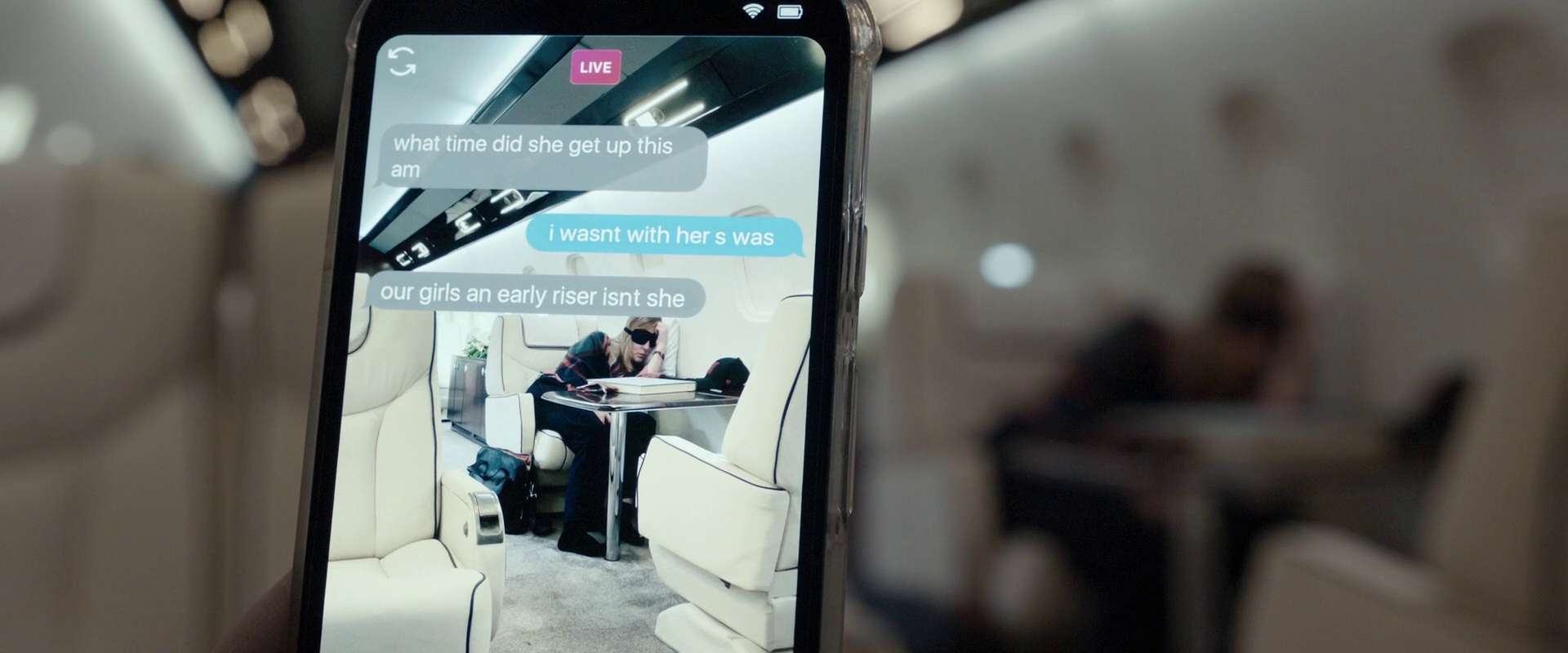
Cate Blanchett as Lydia Tár in TÁR
Written and Directed by Todd Field
This is literally the first thing we see in the film post-Focus Features logo. Without any context, Blanchett is seen through someone pointing a phone towards her while totally unaware of it. This comes before the “end credits” playing at the beginning of the film as it plays backwards. For a character who we will get to know for being in control of her narrative and being in the center of it (before it all unravels), an introduction where she is seen through other people’s perspective and literally not in the center as they comment on her is a looming bellwether of her fate as the story progresses. That this moment's placement in the narrative is ambiguous makes this unceremonious opening even more startling.

Ana de Armas as Norma Jeane/Marilyn Monroe in BLONDE
Written and Directed by Andrew Dominik
For a film that is hellbent in recreating Marilyn Monroe’s iconography, it is to no surprise that we begin with perhaps her single most memorable cinematic moment: the subway scene in The Seven Year Itch. But with an ominous score playing, do note how this moment is filmed. We see de Armas’ body, with emphasis on her legs, first even before her face as a swarm of crazed photographers and fans witness this moment. Objectified body detached to the person, with both the men in the scene and the filmmaker guilty of such an act. Such is the lens that Dominik utilizes in this quasi-elegiac opening scene that would permeate the rest of the film’s troubling take on Monroe’s legacy.
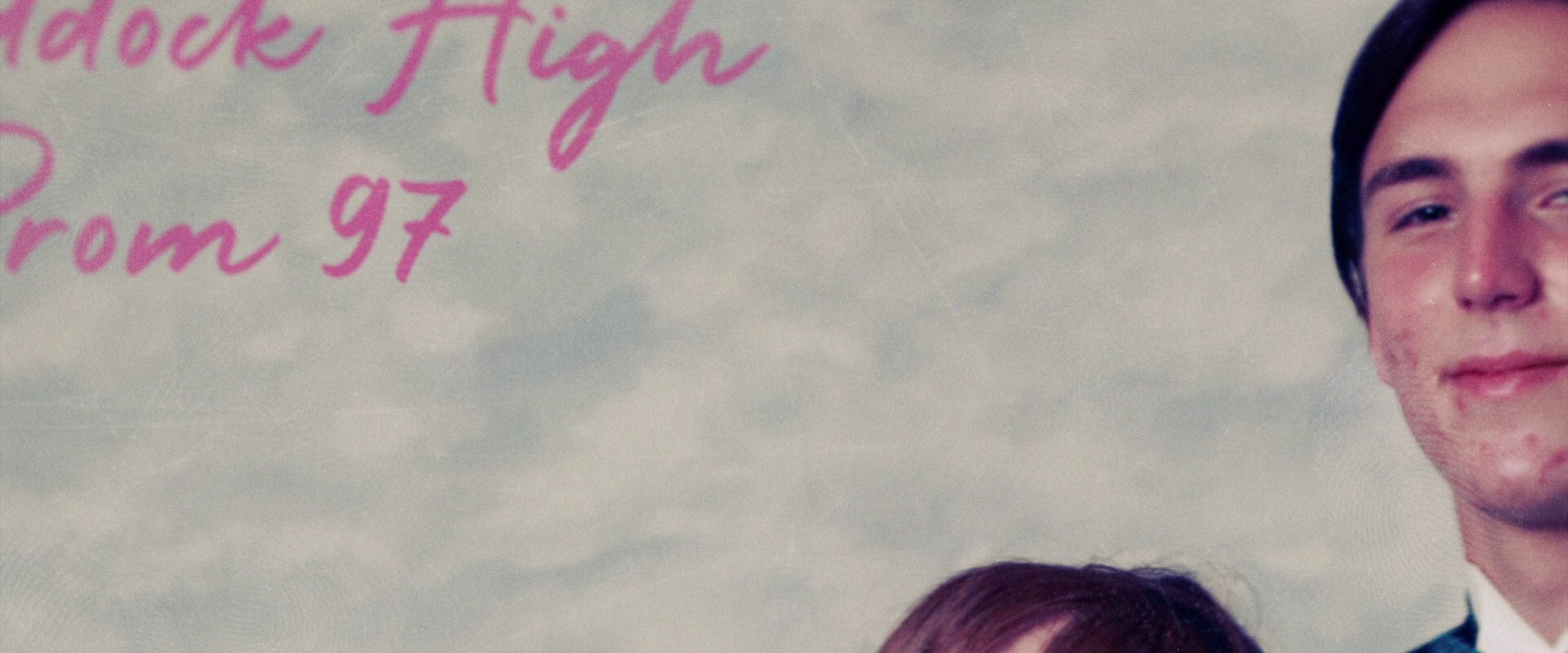
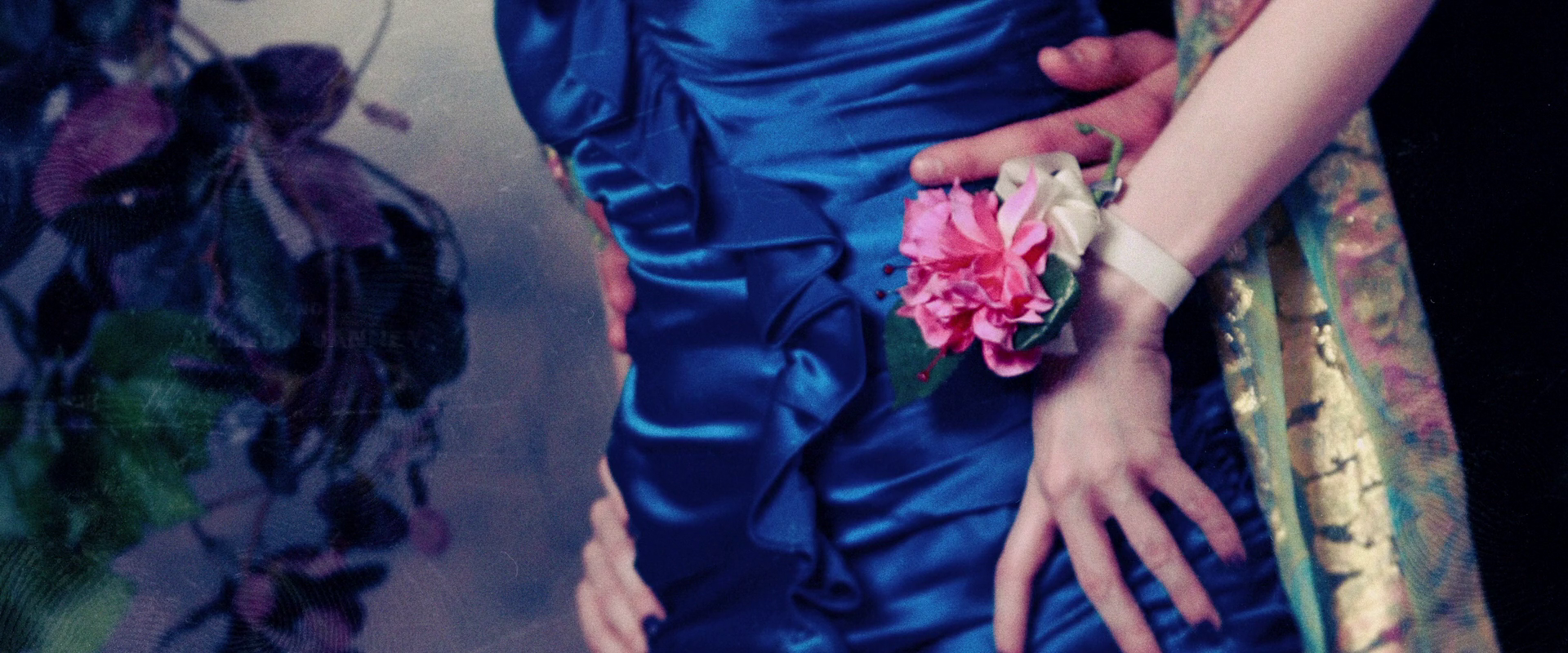
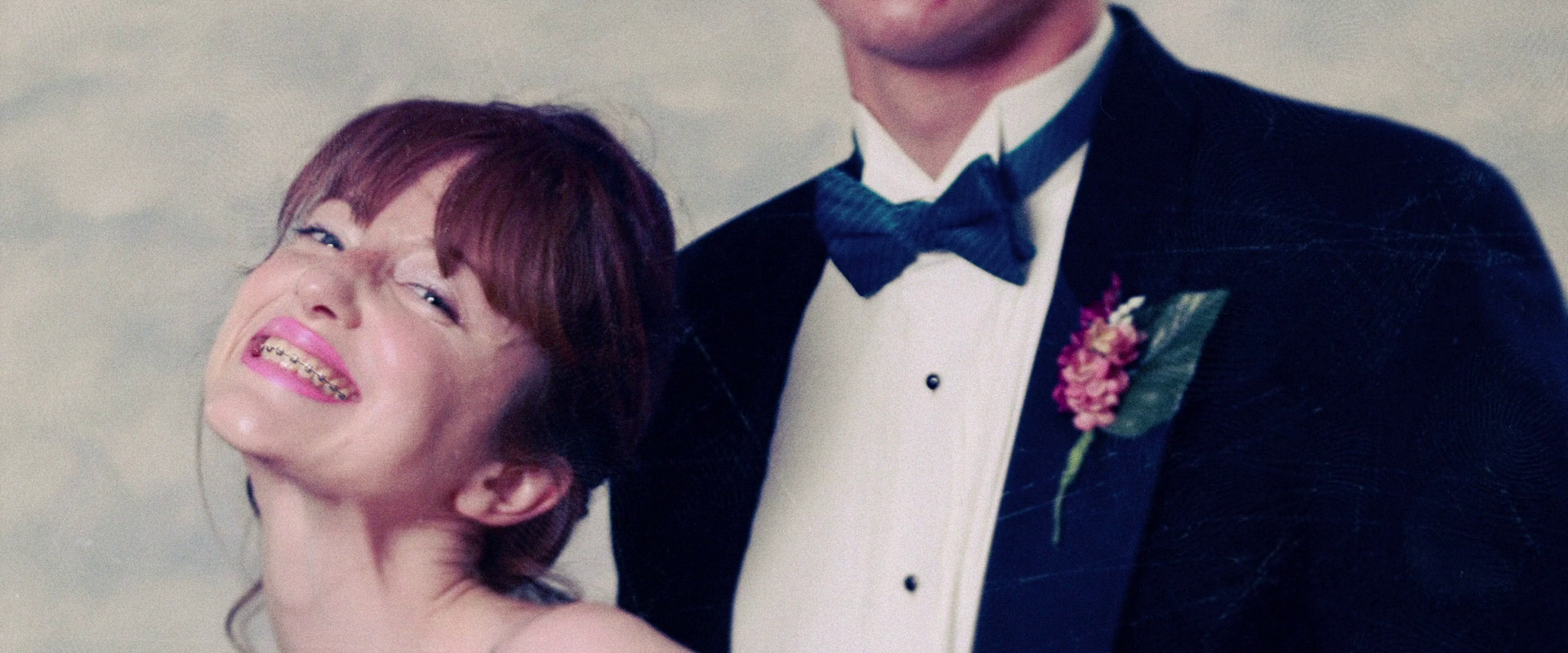
Andrea Riseborough as Leslie Rowland in TO LESLIE
Directed by Michael Morris / Written by Ryan Binaco
The film rests squarely on Leslie’s trajectory, from the lowest of lows to some semblance of redemption. The opening credits, showing photos of the character from her youth to her adulthood, is an economical way of encapsulating a life that went to smithereens. In a way, it is quite telling that a certain level of fragmentation is implemented during the first time we see Riseborough in the film - two shots of her other body parts before we get to her face. The physical proximity with the man in the photo (as well as other men in the opening credits) suggests her thorny dynamic with men that we will see later in the film with at least two major male characters.
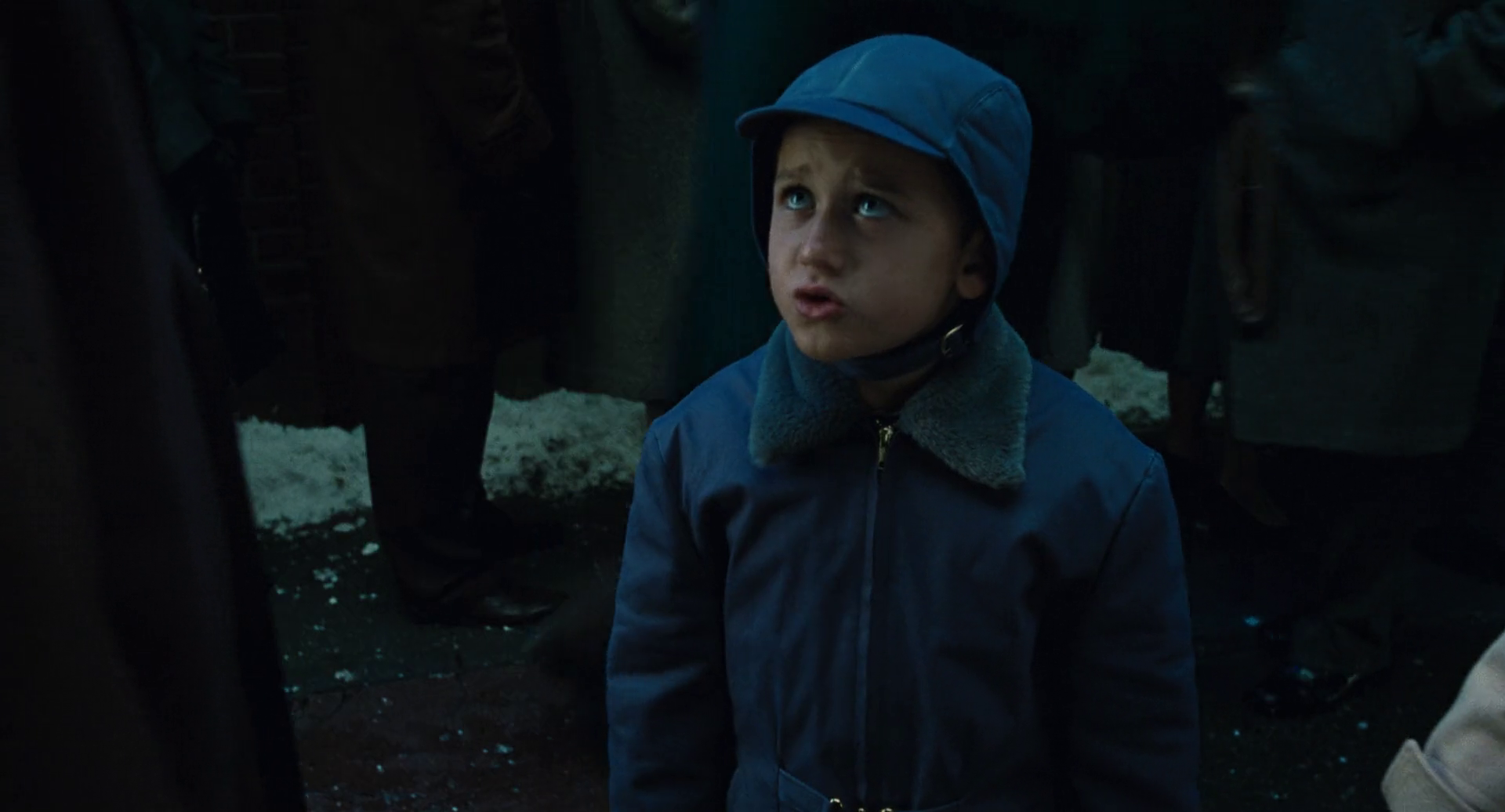
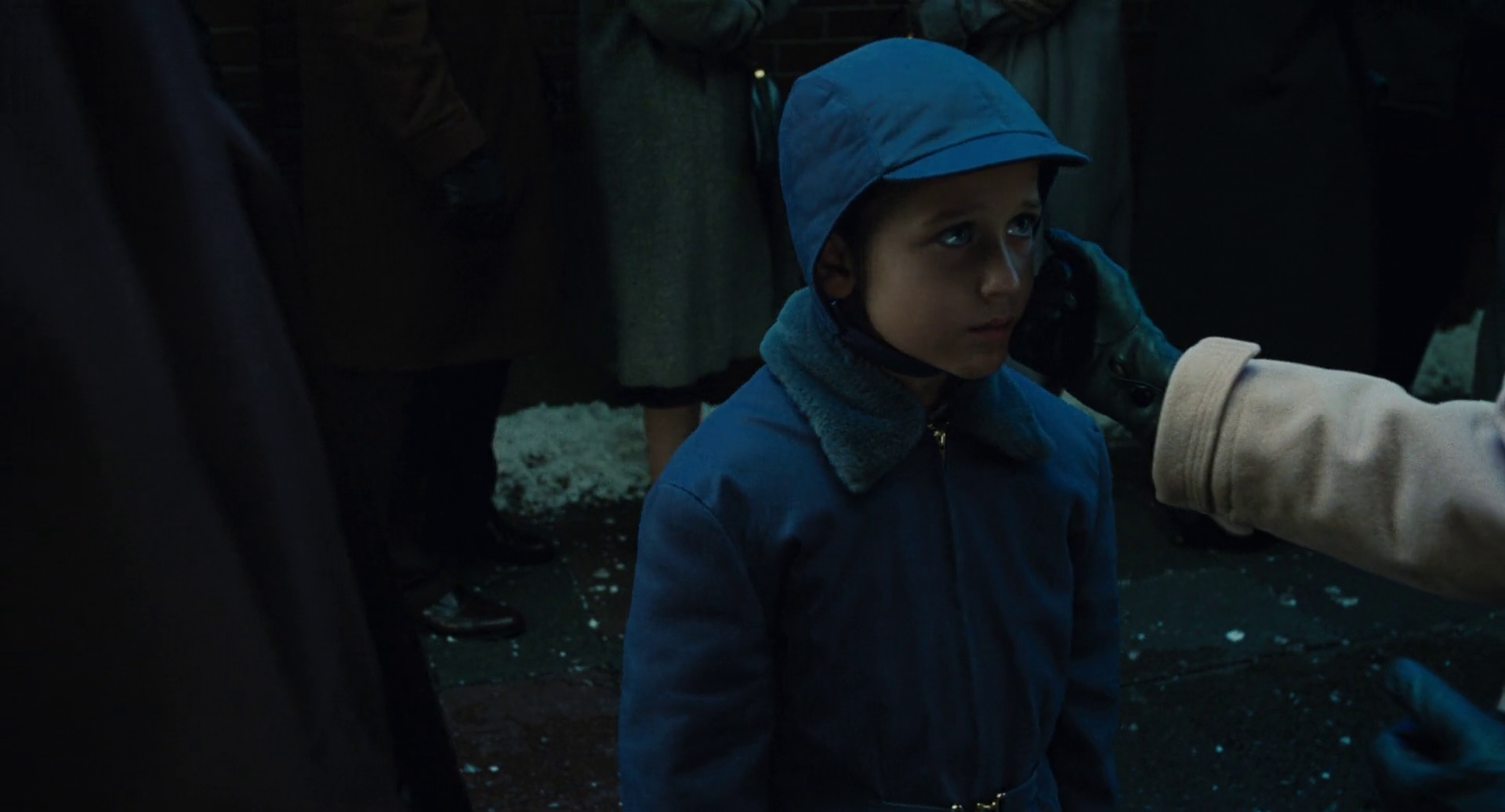
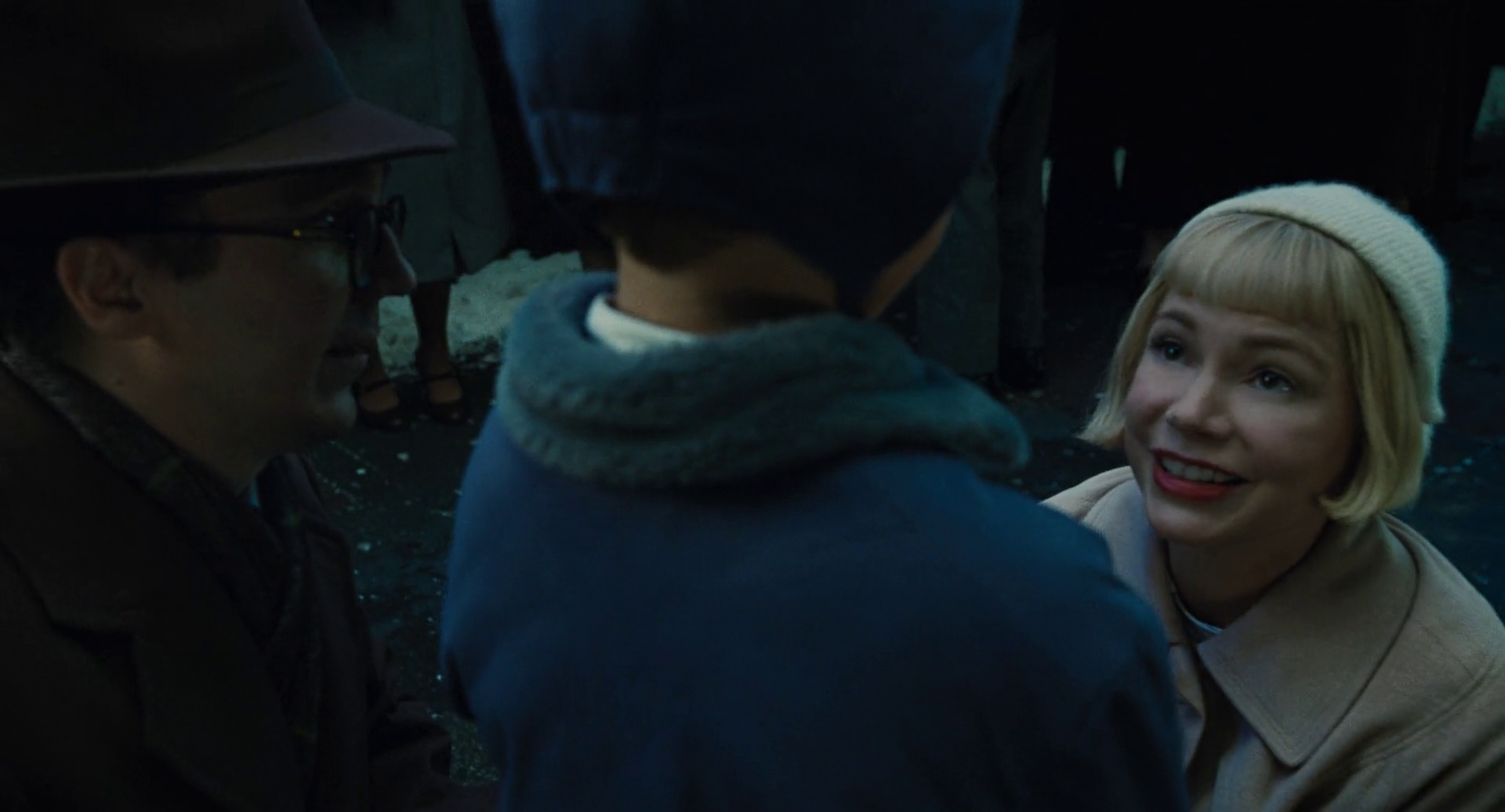
Directed by Steven Spielberg / Written by Steven Spielberg and Tony Kushner
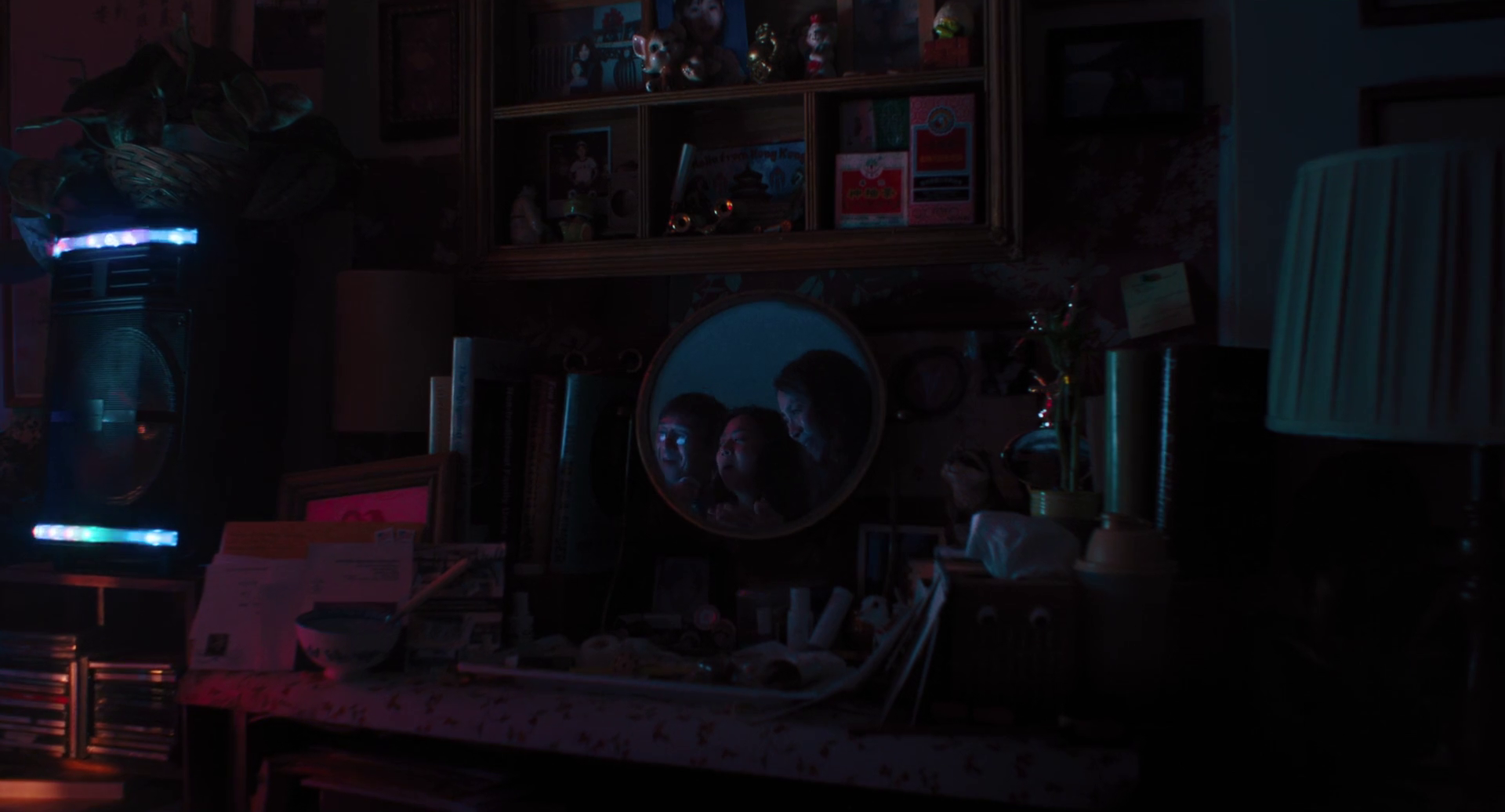
Michelle Yeoh as Evelyn Walng in EVERYTHING EVERYWHERE ALL AT ONCE
Written and Directed by Daniel Kwan and Daniel Scheinert
Amidst the apartment clutter, we see the family of three through a center-framed mirror. Evelyn, the matriarch, is inextricably linked to her family (even physically), but the darkness surrounding them looms large as any sign of oneness gets interrupted abruptly. The Daniels immediately establish several things in this moment: not only the symbolism of the circle that would be a massive hurdle in Evelyn’s journey, but these triumvirate of characters would be our anchor at the center of all the impending chaos. As for Yeoh, it’s an introduction that is crucial to remember as the narrative starts to traverse several timelines and parallel universes. It always goes back to family.